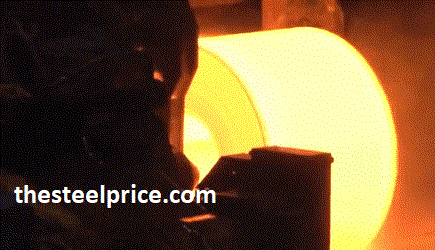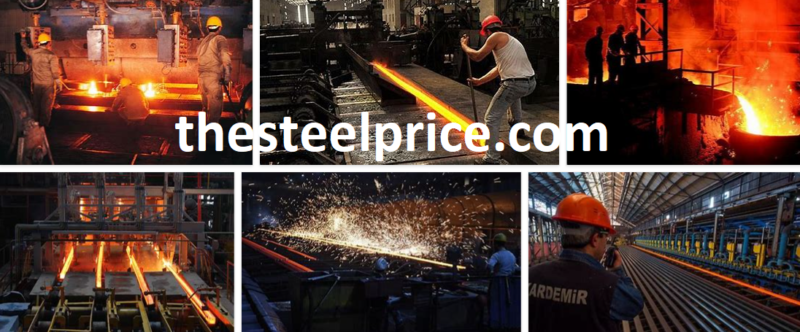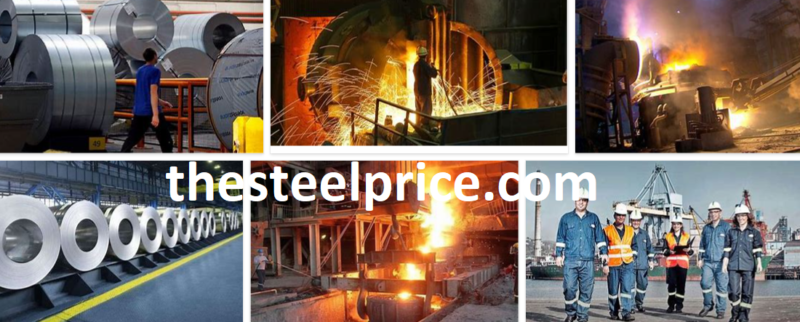How is turkish steel production done?
Steelmaking and steelmaking methods improved in the late 1800s with the need for industrial production. Turkish steel production However, the New methods still rely on the use of oxygen to reduce the carbon content in the iron.
Today, turkish steelmaking uses traditional raw materials such as iron ore, coal, and limestone as well as recycled scrap materials. Steelmakers generally produce steel in two ways, basic oxygen steelmaking and electric arc furnaces, these methods are used in almost all steel mills.
Let’s examine turkish steel production as a few steps:
The first step, iron production, involves the raw inputs of iron ore, coke and lime melted in blast furnaces. Molten iron, also called hot metal, still contains 4-4.5 percent carbon and other impurities that make it brittle.
There are two main methods of first stage steel production: (Basic Oxygen Furnace, BOF) and more modern (Electric Arc Furnace, EAF) methods. BOF methods add recycled scrap steel to molten iron in a mixing furnace.
At high temperatures, oxygen is pumped through the metal at high speed, lowering the carbon content to 0-1.5 percent. However, the EAF method combines recycled steel scrap using high-power electric furnaces (temperatures up to 1650 C) to melt metal and turn it into high-quality steel.
The second stage steelmaking involves the processing of molten steel, ie liquid steel, produced by both BOF and EAF methods to adjust the steel composition. This is done by adding or removing certain elements and / or manipulating the temperature and production environment. Depending on the types of steel desired to be obtained, steelmaking processes can be used for the following second stage:
mixing
Pot
bucket injection
Gas reduction
Turkish Steel Production
Composition adjustment by argon foaming sealed with oxygen blowing
Continuous casting is pouring molten steel into molds, pouring into a cooled mold so that a thin layer of steel solidifies. The solidified steel is pulled back using rollers. During rolling the Steel is completely cooled and solidified. Cut to desired lengths depending on the application; It is formed into sheets for flat products and logs for long products. At this stage, the width of the molds into which the liquid steel is poured is important. If a flat sheet is produced, it should be poured into molds that we call slab.
In the initial forming, the cast steel is then removed in various shapes, usually by hot rolling, casting defects. Rolling is done to ensure the desired shape and surface quality. Hot rolled products are divided into flat products, long products, seamless pipes, rolled profiles or special products.
Finally, steelmakers will take the final shape of the steel by rolling techniques, where it gives the steel its final shape and properties. These techniques include:
Forming (cold rolling) below the metal’s recrystallization point affects the mechanical change.
Annealing
Tempering
Coating if requested (galvanizing)
Surface treatment
Packaging



